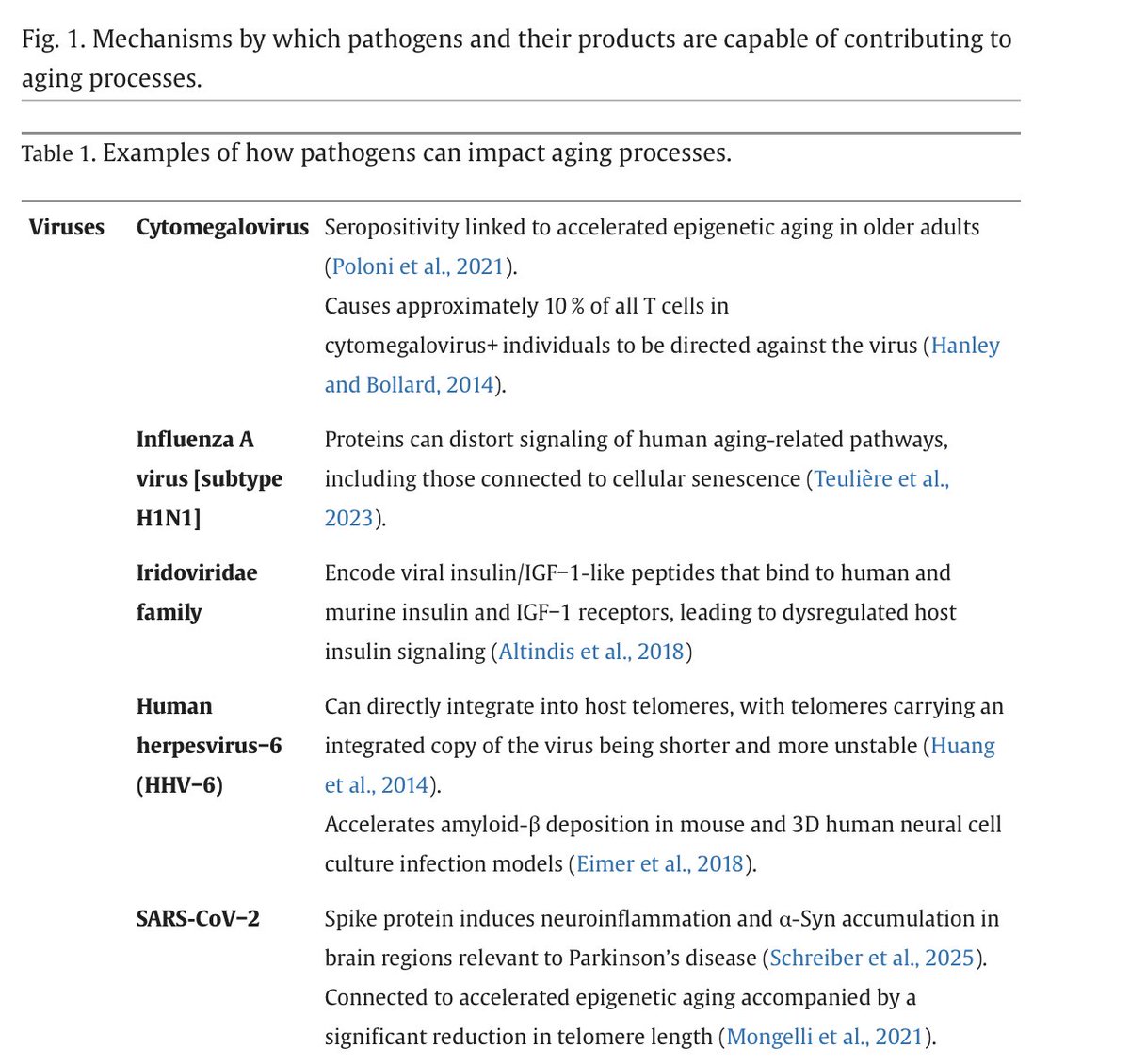And just today this new study further challenges the sterile #placenta! 👉 This team identified R. insidiosa as a bona fide resident at the placental basal plate..by using species-specific FISH probes to confirm + localize R. insidiosa within basal plate tissue specimens at term
https://twitter.com/MysorekarLab/status/1157719498176303104
1/1 From paper 👉 “We show that R. insidiosa is a bona fide resident in human #placental basal plate. It can access trophoblast cells in culture and within basal plate tissues where it localizes to intracellular single-membrane vacuoles and can replicate...”
2/2 “...However, the presence of R. insidiosa does not cause cell death and does not induce a pro-#inflammatory immune response suggesting that it is not harmful in and of itself...”
3/3 “...Finally, we show that in a pregnant mouse model, R. insidiosa traffics to the #placenta via the intrauterine route but does not induce preterm labor or preterm birth...”
4/4 “...Together, our findings provide a foundation for understanding non-pathogenic placental cell-#microbe interactions and the functional importance of R. insidiosa in #placental health and physiology.”
• • •
Missing some Tweet in this thread? You can try to
force a refresh








